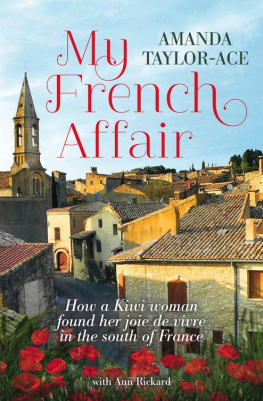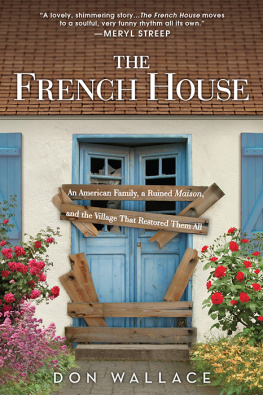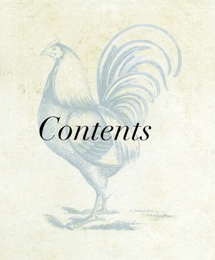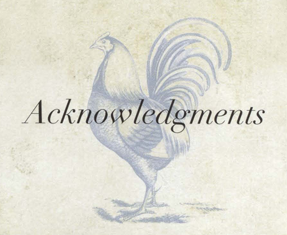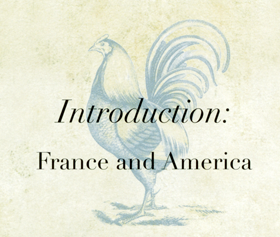
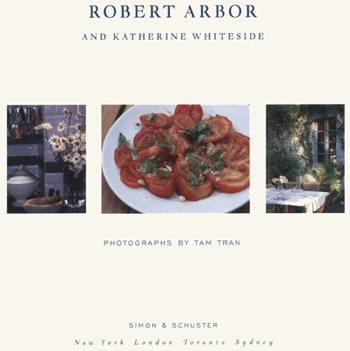
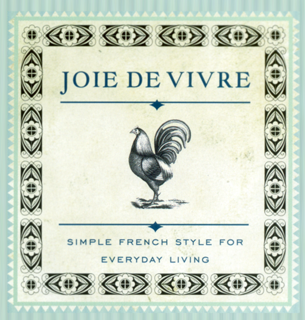

SIMON & SCHUSTER
Rockefeller Center
1230 Avenue of the Americas
New York, NY 10020
www.SimonandSchuster.com
Copyright 2003 by Robert Arbor
All rights reserved, including the right of reproduction in whole or in part in any form.
SIMON & SCHUSTER and colophon are registered trademarks of Simon & Schuster, Inc.
Le Gamin is a trademark registered by Robert Arbor. Used by permission.
For information about special discounts for bulk purchases, please contact Simon & Schuster Special Sales: 1-800-456-6798 or business@simonandschuster.com .
Designed by Katy Riegel
Photographs and styling by Tam Tran
Manufactured in the United States of America
5 7 9 10 8 6 4
Library of Congress Cataloging-in-Publication Data
Arbor, Robert.
Joie de vivre : simple French style for everyday living / Robert Arbor and Katherine Whiteside ; photographs by Tam Tran.
p. cm.
Includes index.
1. Home economicsFrance. 2. Cookery, French. 3. FranceSocial life and customs. I. Whiteside, Katherine, date. II. Title.
TX145.A73 2003
394.10944dc21 2003042467
www.Simonspeakers.com
eISBN: 978-1-439-10684-6
ISBN: 978-0-743-22353-9
ISBN 0-7432-2353-5
mon papa, ma maman, Tam, Lucien, Henri
Introduction:
France and America
CHAPTER ONE
Bonjour
CHAPTER TWO
Le Potager
CHAPTER THREE
Le March
CHAPTER FOUR
La Cuisine
CHAPTER FIVE
Le Djeuner
CHAPTER SIX
La Pause Gourmande
CHAPTER SEVEN
Le Dner
CHAPTER EIGHT
Demain
I would like to thank all my loyal customers for their overwhelming support of my restaurants and encouragement to write this book. We have shared so many wonderful moments at Le Gamin and Les Deux Gamins. Many of you have become dear friends and I hope you will find la joie in this book from me to you.
Merci aux Cadurciens, il y en a trop pour les nommer, davoir affin ma joie de vivre par votre gentillesse et gnrosit.
BONJOUR, me again, et toujours. I was born on a beautiful spring day in the town of Fontainebleau, France. It is close to Paris but untouched by urban development because of its historical past. My youth was spent going to school, playing on the banks of the River Seine, or running around Fontainebleau forest, one of the most diverse and beautiful forests in France. My papa taught me about trees, weather, and all the outdoor skills that would interest an energetic kid like me. He even knew about castles, water systems, and steam trains. I also loved helping my maman in the kitchen by cooking and licking the chocolate mousse off the spoons. I have wonderful memories of this time.
After graduating from high school, I went on my mandatory military service, which was an obligation for all French boys when they turned eighteen. I chose to serve in one of Frances overseas territoriesTahiti. There I observed and took part in eight underground nuclear tests. A more interesting skill I acquired was how to cook fresh fish wrapped in banana leaves in an outdoor oven. We buried everything in the sand much like in a clambake. I also learned how to prepare raw fish. It was just like making seviche. It is funny how cooking techniques are similar around the world. In Tahiti, I also acquired my taste for freshly picked coconuts, but didnt quite master a way to crack them open easily.
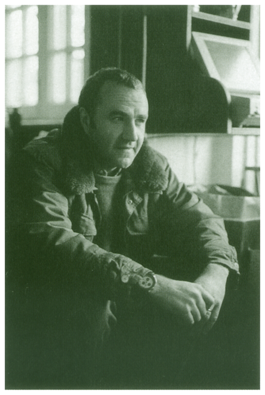
At one of my restaurants.
(Photograph courtesy of Matthew Modine)
When my military service was over, I returned briefly to Fontainebleau and then went to Gabon in the central western part of Africa on the Atlantic coast. I was in charge of delivering construction materials from the main town of Franceville to different sites deep in the jungle or out in the savanna. We were building movie theaters for the president and his family. In Africa, I once again cooked outside and waited patiently for the fire to burn just right. I learned how to marinate meat and how to use very hot spices. While in Africa, I also learned to hunt, although I didnt enjoy it very much. I did like the cooking, though, because it was simple and agreeable and was almost always done outside on homemade stoves over wood fires.
After I left Africa, I returned home to France for a short while and then went off to Asia. Japan seemed a bit too foreign and China was too Communist, so Hong Kong seemed the perfect setup for a young Frenchman abroad. Hong Kong was Asian with an English touch and a party town with extremely fine food. However, I never learned to cook there because of language barriers. It was in Hong Kong, though, that I met my wife, Tam; she frequently traveled there for her work in the fashion business. We were married in France in 1987 and moved to New York, where Tam was working. It seemed like any other big town and not particularly exotic. The big question was: What would I do in New York City?
Being French and interested in cooking, I enrolled in the French Culinary Institute to learn the basics of restaurant cuisine. As I was the first and, then, the only French graduate, I was the center of attention for many French chefs around the city, especially Patrice Boely, who had received three stars from the New York Times for his Polo Lounge restaurant. (Patrice must also be thanked for bringing Daniel Boulud from France and helping him get his start in New York.) Patrice showed me his tricks of the trade and took me to many different kitchens. I was, for a while, the little French student who was shown all the secrets of the most important kitchens in New York.
Working in a kitchen is very hard. Cooks work while everyone else has fun, and the hours are horrendous. For two years, I worked in various French restaurants while Tam was working as a designer. My hours were erratic, Tam was traveling all over the world, and we were unable to spend much time together.
At this point, I took a job as the sous-chef at Chase Manhattan Banks private corporate dining room. I only had to work breakfast and lunch, with bank holidays off. This schedule was totally unheard-of in the restaurant business. It was heaven! The food was mainly Americana. Most of the time the chairman just ordered a peanut butter and jelly sandwich.


